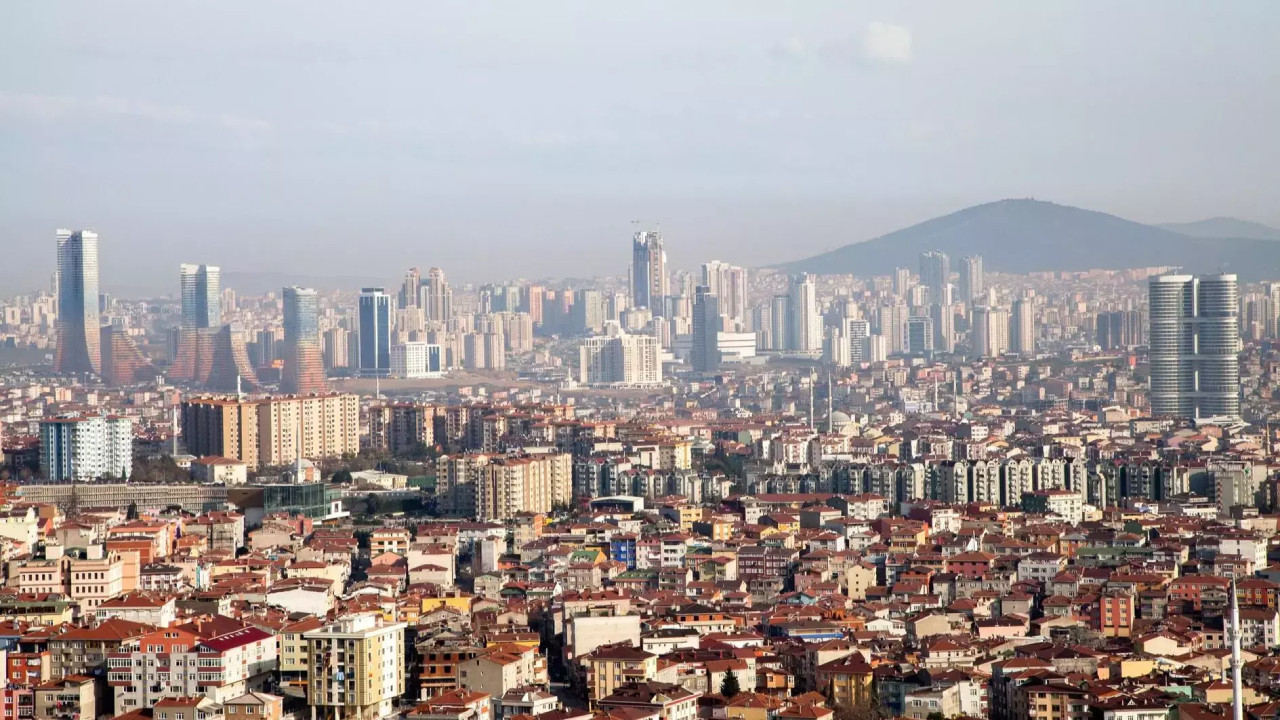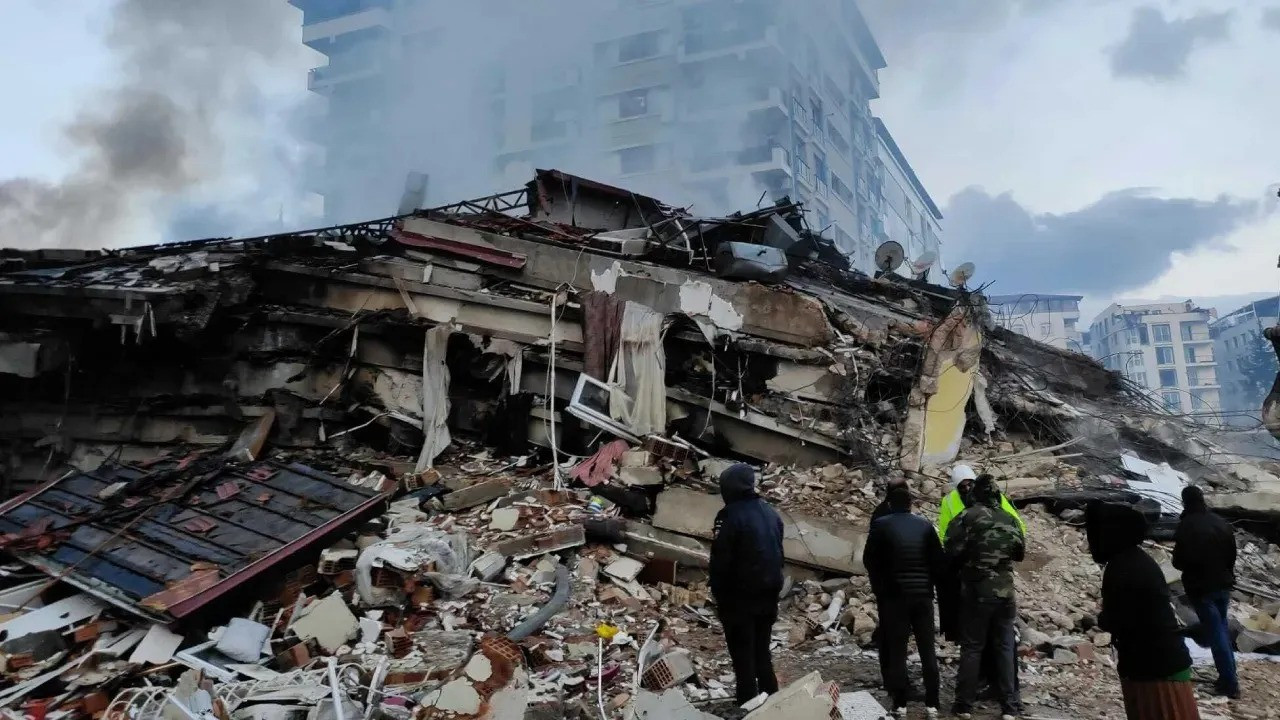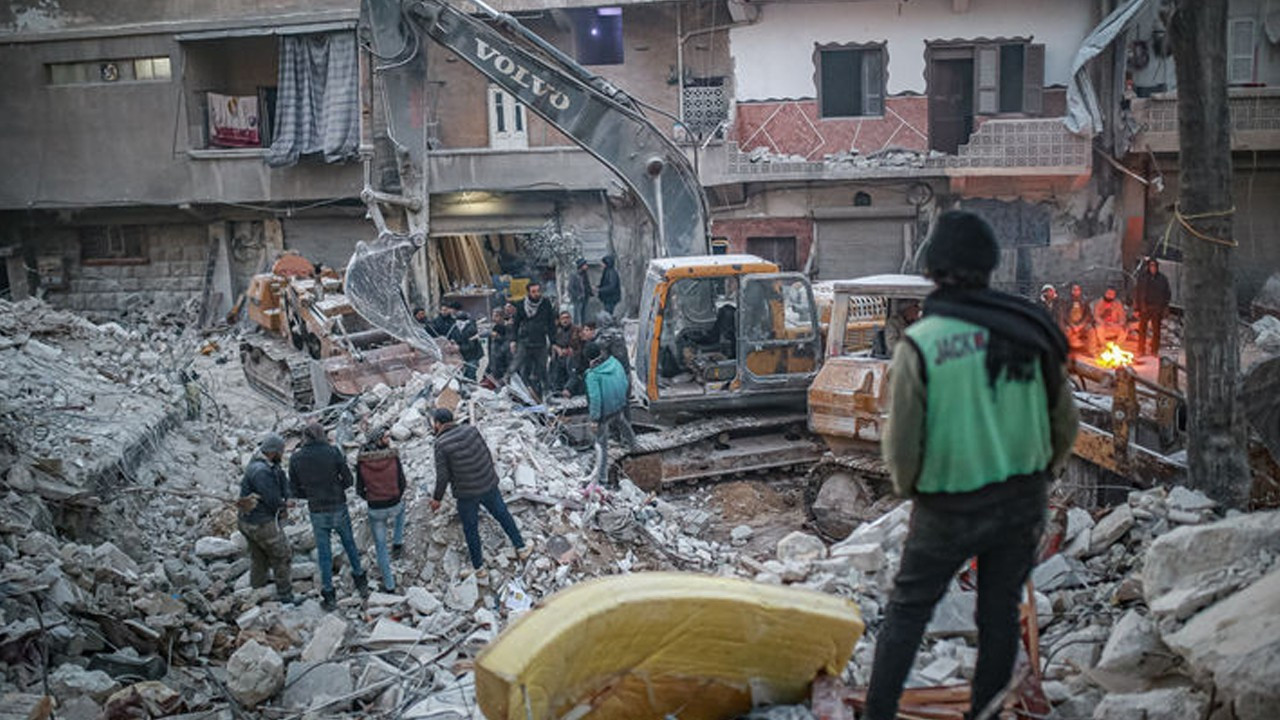Some 200k buildings in Istanbul could crumble without earthquake
Some 200,000 buildings in Istanbul were constructed so poorly that they were at risk of collapse without an earthquake, warned KİPTAŞ general manager Ali Kurt, and urged the government to allocate greater support for urban reconstruction in preparation for the impending great Istanbul earthquake.
Duvar English
Istanbul Metropolitan Municipality (İBB) subsidiary KİPTAŞ’s general manager Ali Kurt on Aug. 20 reported that approximately 200,000 of the buildings in the megacity were under risk of sudden collapse due to their poor construction.
Speaking at the groundbreaking ceremony for the renovation of a building in Istanbul’s Asian side, Kurt commented on the overall building stock of the province that faced the risk of an above 8-magnitude earthquake in the next decade.
Kurt stated, “Unfortunately, buildings were constructed using materials made from sea sand during a certain period in Istanbul. This was the technology and resources available at that time. A significant portion of Istanbul’s building stock currently stands with this material quality, which is potentially risky.”
The İBB’s rapid screening tests implemented after the disastrous Feb. 6 earthquakes in southeastern Turkey scanned 35,000 buildings and found that 1,556 of these buildings are so poorly constructed that they could collapse at the slightest touch.
A study by the Metropolitan Municipality estimated that approximately 200,000 buildings fall into this category and could crumble without an earthquake.
Kurt stated that Istanbul’s district municipalities and the metropolitan municipality would enter into cooperation protocols to clearly define the risk and begin reinforcement efforts.
“Through this collaboration, we aim to inventory the entire building stock. This will give us a clear picture of the situation, but current studies indicate that around 200,000 buildings are at risk of collapsing at any time.”
Kurt also criticized the Environment, Urbanization, and Climate Change Ministry’s renovation campaign. “There is a technical flaw in the Ministry’s approach. They provide a 700,000-lira grant and a 700,000-lira long-term loan, assuming a total support of 1.4 million liras,” he said.
Accordingly, this amount fell short of covering the costs of construction, especially in Istanbul. “A construction project costs three million liras, leaving an additional 2.1 million liras to be covered individually. How will citizens manage this?”
Kurt found KİPTAŞ’s financial support scheme based on a percentage of construction costs more “realistic and sustainable.”
Additionally, Kurt believed that the ministry’s efforts would be more effective if they collaborated with semi-public construction firms such as KİPTAŞ, rather than addressing private citizens with their “Half on Us” campaign that promises to cover half of the reconstruction of risky buildings. “We (KİPTAŞ) have over 27,500 risky independent units, with demolition processes already underway, involving around 100,000 people. We’re saying, let’s build these homes together. Let’s allocate these resources fairly, but we have yet to receive a response to our calls,” he complained.
The 25th anniversary of the Marmara Earthquake revived the discussions around the impending earthquake in the megacity. The 7.4-magnitude earthquake on Aug. 17, 1999, killed at least 18,000 in the country’s northwestern region and caused great damage to the densest region of Turkey in terms of population and economic activity.
The most recent report by the Istanbul Planning Agency (IPA) operating under the İBB states that 20 percent of Istanbul's buildings would be heavily damaged, and 1.3 of the 6.8 million buildings in the megacity were at risk of collapse in a 7.5-magnitude earthquake.
Istanbul Mayor Ekrem İmamoğlu has said that 90,000 buildings have a risk of entirely collapsing in the megacity and that the cost of making them earthquake-resistant can exceed 360 billion liras.


 Expected major quake and high rents push people out of IstanbulEconomy
Expected major quake and high rents push people out of IstanbulEconomy Experts warn against chemical-related dangers of impending Istanbul earthquake Domestic
Experts warn against chemical-related dangers of impending Istanbul earthquake Domestic Some 17,343 quakes hit Turkey in first six months of 2024Domestic
Some 17,343 quakes hit Turkey in first six months of 2024Domestic